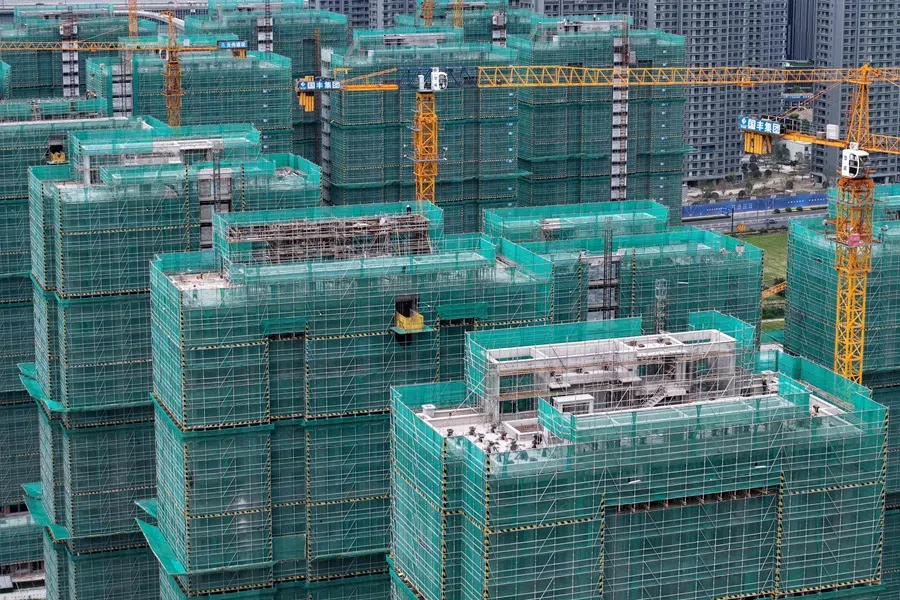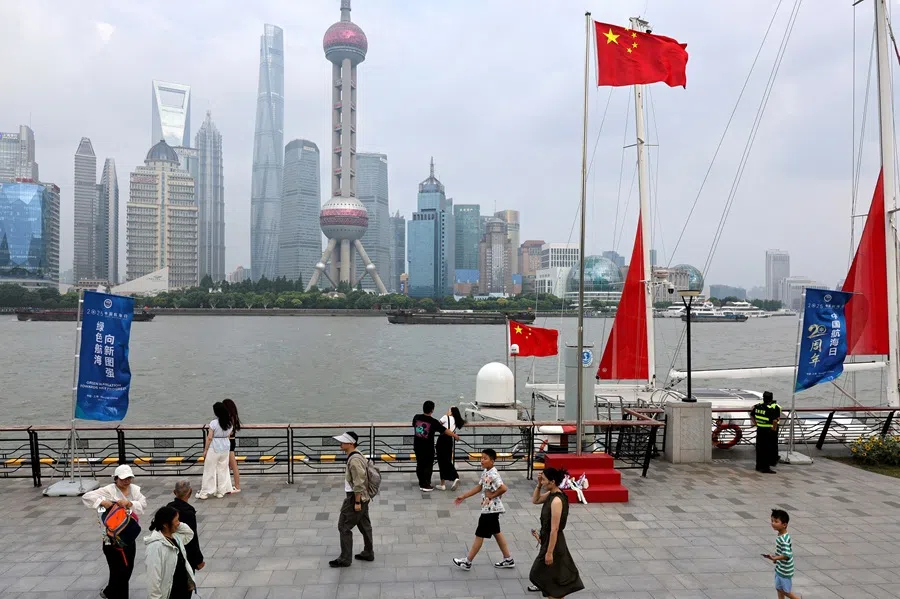When money isn’t enough: The limits of Beijing’s fiscal power
China retains moderate fiscal space — particularly at the central level — but the key challenge lies in how wisely, efficiently and transparently it can allocate these resources to navigate near-term and long-term challenges, argue AMRO economists Jae Young Lee and Dek Joe Sum.

China stands at a fiscal crossroads.
A confluence of structural shifts and cyclical developments — from a protracted property downturn and increased fiscal strains faced by local governments to demographic headwinds and external uncertainty — has sparked fresh debate over how fiscal policy should be recalibrated to support near-term growth while fostering long-term resilience.
Some call for greater stimulus, arguing that stronger fiscal support is needed to bolster weak private demand and cushion against external headwinds. Others caution, however, that aggressive spending could raise debt stock and undermine fiscal sustainability. Some advocate structural fiscal reforms for long-term resilience, while others urge prioritising market-driven growth over expanding the state’s role.
But perhaps the more pertinent question is not how much China can spend, but rather how wisely, efficiently, and transparently it can allocate fiscal resources to navigate short-term headwinds while securing long-term economic resilience and social stability.
Unlike local governments, the central government maintains a relatively healthy balance sheet with a debt ratio of 25.6% and minimal off-budget liabilities.
Mounting pressures and structural strains
China’s fiscal outlook is facing several structural challenges. The correction in the property sector has weakened local government finances, particularly through reduced land sales revenue, eroding the revenue base of local governments that had long relied on real estate driven growth and debt-financed urban development.
Widespread off-budget borrowing by local government financing vehicles (LGFV) — despite signs of moderation in 2024 due to recent policy efforts — reflects structural misalignments between spending responsibilities and stable revenue sources, complicating fiscal oversight and risk management.

Moreover, China’s rapidly ageing population is adding to long-term fiscal pressures. With more than 15% of the population now over 65 — a figure projected to surpass 30% by 2050 — the strain on pension and healthcare systems is growing. Meanwhile, rising global trade tensions — particularly with the US — and a more fragmented external environment are also introducing greater uncertainty to fiscal planning, export performance and broader growth prospects.
Beijing retains moderate fiscal space
Despite these challenges, China retains moderate fiscal space, especially at the central level. Unlike local governments, the central government maintains a relatively healthy balance sheet with a debt ratio of 25.6% and minimal off-budget liabilities.
While general government public debt has grown rapidly since the pandemic, from 37.9% in 2019 to 60.9% of GDP in 2024, it remains relatively low by international standards. This provides the central government with room to take expansionary fiscal policy and, if necessary, deploy targeted, counter-cyclical support.
In addition, China also benefits from ample domestic savings and a largely state-directed banking system, which provides the central government with considerable flexibility to fund public borrowing at manageable costs and maintain financial stability. Meanwhile, subdued inflation gives the macroeconomic space for deploying expansionary fiscal measures with less risk of overheating or triggering capital outflows.
Yet it is not simply more stimulus that China needs; it is better stimulus — fiscal measures that are more targeted and efficient at supporting cyclically weak sectors and strategically aligned with long-term development goals, including innovation, green transformation and social equity.
If managed wisely, China’s current fiscal challenges could become a catalyst for meaningful fiscal and structural reforms.
A shift in strategy is underway
There are signs that China is already adjusting course. The government is gradually shifting away from infrastructure-heavy stimulus toward investments in digital transformation, consumption, industrial upgrading, decarbonisation and social resilience — key pillars of high-quality growth.
At the same time, fiscal policy has become more proactive and counter-cyclical, with greater emphasis on timely and targeted support to stabilise demand amid rising external uncertainties. Fiscal reforms, including addressing vertical fiscal imbalances between central and local governments, enhancing budget disclosure and improving oversight of local borrowings, signal a more disciplined and strategic approach to fiscal management.

Coordination between fiscal and quasi-fiscal tools has also improved. Policy banks are increasingly being tasked with delivering targeted support aligned with national strategies, helping to bridge the gap between policy goals and on-the-ground implementation while reducing fragmentation.
Turning challenge into opportunity
If managed wisely, China’s current fiscal challenges could become a catalyst for meaningful fiscal and structural reforms.
The government can mobilise direct fiscal resources toward green innovation, clean energy and high-tech manufacturing — accelerating structural transformation and enhancing long-term competitiveness.
At the same time, greater investment in healthcare, education and social protection can bolster private consumption by easing household financial burdens, improving income security and boosting confidence — especially important amid weak household sentiment and rising external uncertainty.

Transparency and credibility will be key. A more open, predictable and rule-based fiscal framework can restore confidence among households, firms, and investors alike — anchoring expectations, improving policy effectiveness and reducing uncertainty.
Now is the time to pivot from broad stimulus policy towards high-impact, transparent, and accountable spending measures...
A prudent path forward
While China’s fiscal capacity remains strong, the more fundamental constraint may lie in the effectiveness of fiscal policy. The current reliance on opaque, fragmented local government financing and investments with low economic or social returns risks undermining both efficiency and trust, while also eroding public trust and market confidence over time.
Now is the time to pivot from broad stimulus policy towards high-impact, transparent, and accountable spending measures; from reactive measures to structural reforms that better align fiscal tools with China’s long-term national priorities — innovation, green growth, and social equity.
At this critical juncture, China has the opportunity not only to stabilise growth in the near term, but also lay the foundations for a more resilient, dynamic and sustainable development trajectory in the years ahead. Successfully navigating this transition will require skilful policy calibration, greater transparency, and structural reforms to address underlying vulnerabilities.






